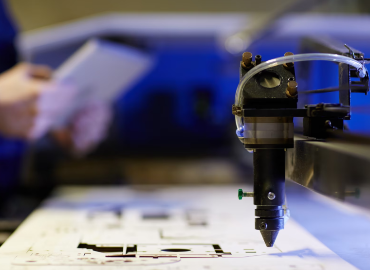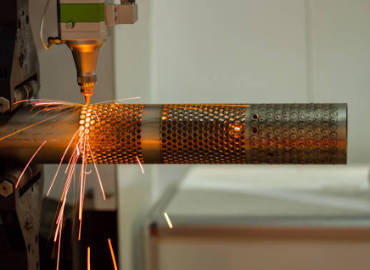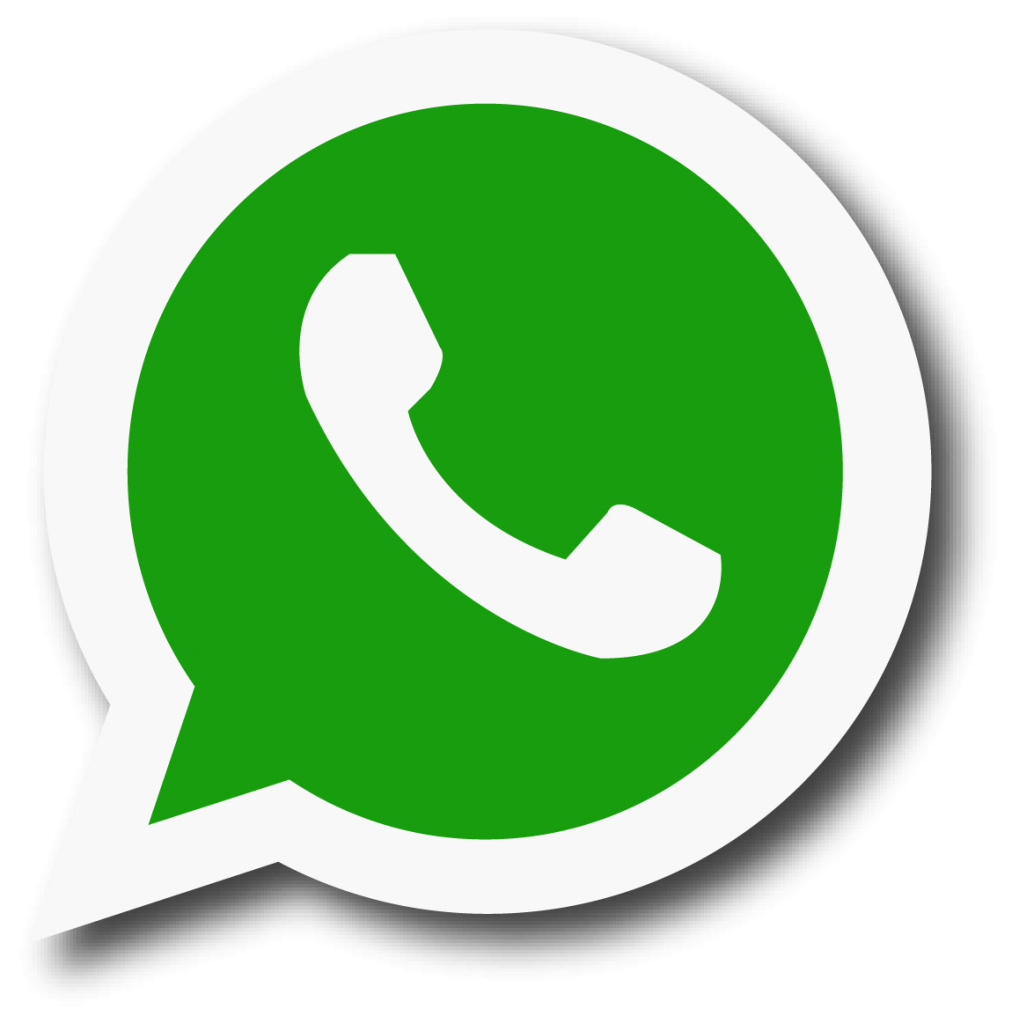In simple terms, Laser Marking is an enduring & solid procedure that makes use of a beam of concentrated light in order to create a lasting mark on the surface of a material. Generally, it can be executed with the help of different types of lasers such as fiber lasers, pulsed lasers, CO2 lasers, continuous lasers, or UV laser machines. Also, Laser marking includes a broad category of applications, and the most popular kinds of laser marking applications are as follows:
Annealing
Carbon migration
Discoloration
Engraving
Etching
Moreover, Laser marking can be automated and processed at really high velocities, while leaving behind enduring & strong traceability marks on many different types of substances, such as - wood, cardboard, paper, steel, copper, aluminum, titanium, ceramic, plastic, and glass. It is always utilized to specify parts and products with 2D barcodes (QR codes or data matrix codes), alphanumerical serial numbers, VIN numbers, logos, etc.
Is Laser Marking Permanent?
Yes, Laser marking is permanent, and it delivers a highly enduring understandable mark that makes traceability more effective. Laser marking and engraving applications differ extensively, making it an intelligent choice for various industries and a broad spectrum of substances.
What Is Laser Marking Used For?
Laser marking is primarily utilized for different industrial objectives. It is frequently used to print graphics, and machine-readable data such as data matrix codes, barcodes, or text-like serial numbers over the surface of a material.
Laser marking functions satisfactorily with a broad category of substances which includes plastic, glass, copper, paper, cardboard, wood, ceramic, titanium, aluminum, and steel.
How Many Types Of Laser Markings Are There?
Given below are the four most common types of laser marking :
A) Annealing Laser Marking
Annealing marking means an oxidation procedure of pertaining heat to the surface of the material but without applying a high percentage of aggression. This type of laser marking normally results in a permanent black mark with a smooth finish, but it is actually established on the temperature at the surface area of the mark. Colors can also differ between the shades of red, green, and yellow.
The annealing marking process is generally slower in nature because the annealing totally depends on heat to bring up carbon from the metal to the surface region and create the markings. After the metal is warmed up, you should allow it to cool down a bit.
Some of the common metals that are utilized during the procedure of laser annealing are iron, steel, titanium, and stainless steel.
B) Carbon Migration Laser Marking
Carbon migration is a type of laser marking in which a metal alloy or a metal is heated so that the metal gets a chance to chemically bond with its carbon molecules. This special bonding gives rise to the carbon properties on the surface of your substance. When this happens, it results in a dark laser marking that can even be black in color.
This type of laser marking is a really quicker procedure when compared to annealing laser marking because it delivers a high amount of heat to a really minor area within an additional quick time span.
The metals that contain carbon can only use this sort of laser marking. Some of the common metals in which carbon migration applies include titanium, carbide, stainless steel, and steel.
Industries that use carbon migration for practical and effective applications include metalworking, jewelry engraving, and aerospace.
C) Foaming Laser Marking
Foam laser marking is generally utilized when plastic is darker in the shade, and the desired outcome is in a lighter shade, usually in gold, white, or any other tan shade. This shift in color happens by making a molten burn on the surface of the material that is both included and regulated. When the surface is melted due to extreme heat, it develops an environment of foaming gas bubbles.
All these bubbles shift the light refraction characteristics of the substance and make the foaming procedure a desirable & suitable procedure when lettering, symbols, light effects, and much more are called for the surface of the product.
However, foaming is not utilized on any kind of metal. Instead, it is utilized only on plastic materials, which makes it a more valuable asset within the plastics business which constantly makes use of plastics in their further processes.
A few examples of foam laser marking applications include marking on keyboards, ink cartridges, cosmetic packaging, etc.
D) Coloration Laser Marking
Coloration laser marking is a procedure of putting color to a metal or a plastic, or else coloration laser marking is developed by warming up certain parts of a surface which is based on the expected consequence.
When the surface is modified by regulating its pulse, width, frequency, and much more leads to variations of colors & shades, and that is why it is essential to understand what are the expected results at first.
Next, when the coloration is applied to the plastic substance, it can be performed through a foaming procedure. When polymers that are present in the plastic are exploited, it often results in a wavelength of hues, generally ranging from infrared to ultraviolet colorings.
Also, metal coloration arises with an oxidation procedure that can be applied to the surfaces of the material that have formerly been treated as well as untreated. Hence, this provides the users with surplus independence for their coloration aftermath, and it can actually be utilized for decorative applications.
Subsequently, lasers utilized for coloration marking frequently are able to function at a wide range of speeds, power levels, frequencies, and so forth.
Some handful instances of industrial applications in which laser pigmentation marking can be utilized are marking colors on a bottle cap, building decorative & attractive jewelry, color coating ear tags for cattle, etc.
So the extraordinary, high-quality pictures and valuable machine codes that laser marking machines are capable of creating is why it is the preferable one. Moreover, the highest beneficial markets for laser marking in the upcoming future will possibly be customization and personalization. Think, when a printer can put up with the vision of a client and give rise to that conception to life by making it into an engraved element, it will definitely result in making a strong bond with the customer, and overall earnings can be the most prominent conclusion.
Hence, the demand for laser marking has intensified in these recent years and is expected to increase more in the near future. A laser marking machine is an excellent solution in order to get rid of those prints which easily be lost to sight with time and create a bad impression of you. In many industries, laser marking machine is incredibly favorable & preferable at the same time in clear, realistic, and permanent marking with fewer requirements in terms of maintenance.






